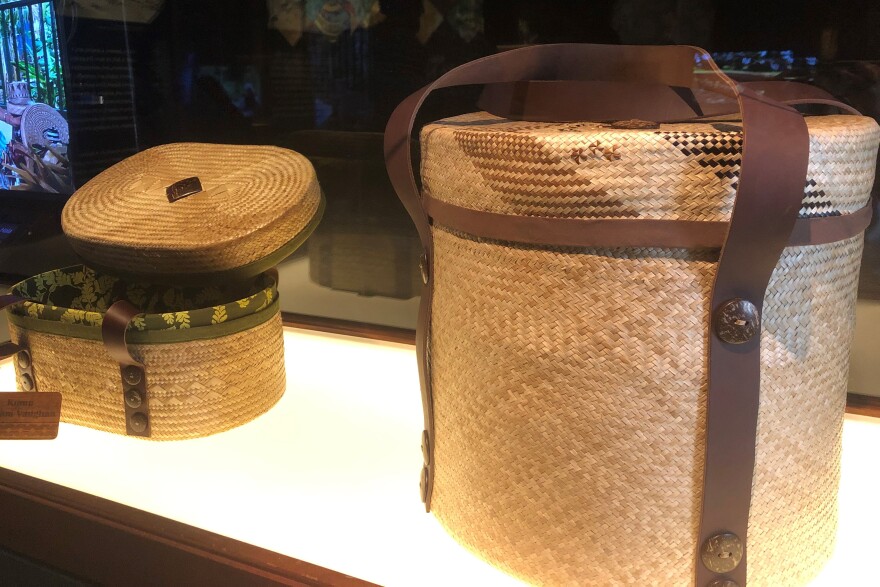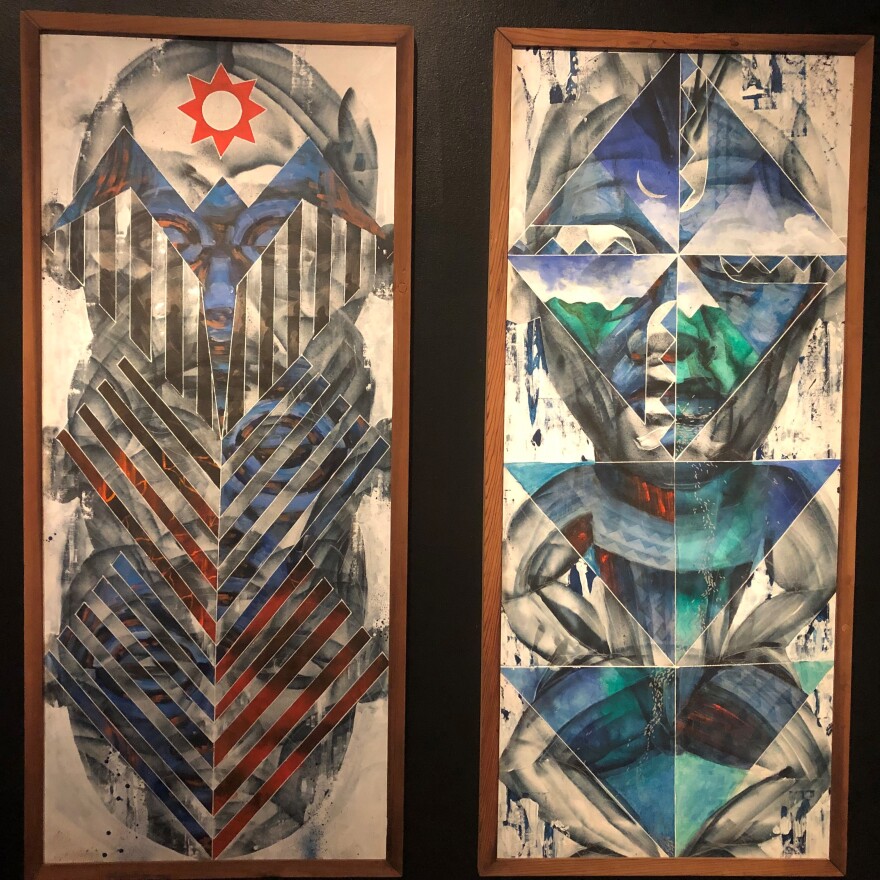The Bishop Museum has opened its doors to a new exhibit focused on the lineage of Native Hawaiian art. "Ola Ka Noʻeau: Excellence in Hawaiian Artistry" celebrates the preservation of the islands’ Indigenous art.
The gallery is curated in partnership with the PAʻI Foundation’s Maoli Arts Movement. It's an organization focused on preserving Native Hawaiian traditions.
"[We] wanna make sure that there’s another generation of artisans so we wanted to celebrate that legacy from the master artist and their students that have been able to carry on those traditions," said Vicky Holt Takamine, the founder of the PAʻI Foundation.

"This exhibit reminds us that our culture is a living art. It is not dead. There are artists today that continues these practices that make it a living, that make it traditional, that make it relevant to today's world," Takamine said.
The exhibit features six disciplines of Hawaiian art — kapa (barkcloth), ipu pā wehe (decorated gourds), kāhili (featherwork), lauhala weaving, leiomano (shark-tooth weapon) and visual design.
Each medium spotlights a kumu, or teacher, and their haumana, or student.
Bill Keoua Nelsen comes from a line of lauhala hat weavers. He was taught how to weave from his kumu ulana Ipolani Vaughan.
"When the missionaries came in 1820s we started copying their fashion, which is when we started copying their hats. So my family typically has been weaving hats. I have my great grandmother's hat blocks and tools that are over 125 years that I still use today," Nelsen said.
A hat box he weaved for his grandmother's large hat is decorated in the exhibit. It uses three different fibers to represent the different themes explained in the Kumulipo. He titled the piece "Ulu nā muʻo hala" meaning "nurturing the growth of hala."
Nelsen has his own students now, and teaches them what his kumu taught him.
"Taking care of your resources is more important than weaving because if we don’t have the resources, we can’t weave. So I like to think that I take my students from inception to death — learning how to plant, grow, maintain, harvest, prepare then weave," Nelsen said.

"Ola Ka Noʻeau: Excellence in Hawaiian Artistry" also showcases preserved art from the Bishop Museum’s collection.
"Showcasing their works alongside those things that have inspired them uplifts their commitments to practice and strive for the best that they can in their works, but also showcases that what they do has a foundation and a root," said Marques Hanalei Marzan, the exhibit curator.
Marzan is a weaver and contemporary artist. The exhibit feels personal to him because he said he knows all of the artists.
"To have personal connections with every artist in this exhibition is an honor and privilege. My role as an artist and cultural bearer in the community alongside my professional role here at the museum is a true blessing," Marzan said.
"Ola Ka Noʻeau: Excellence in Hawaiian Artistry" will be available to view in the J.M. Long Gallery at the Bishop Museum through Oct. 29.





